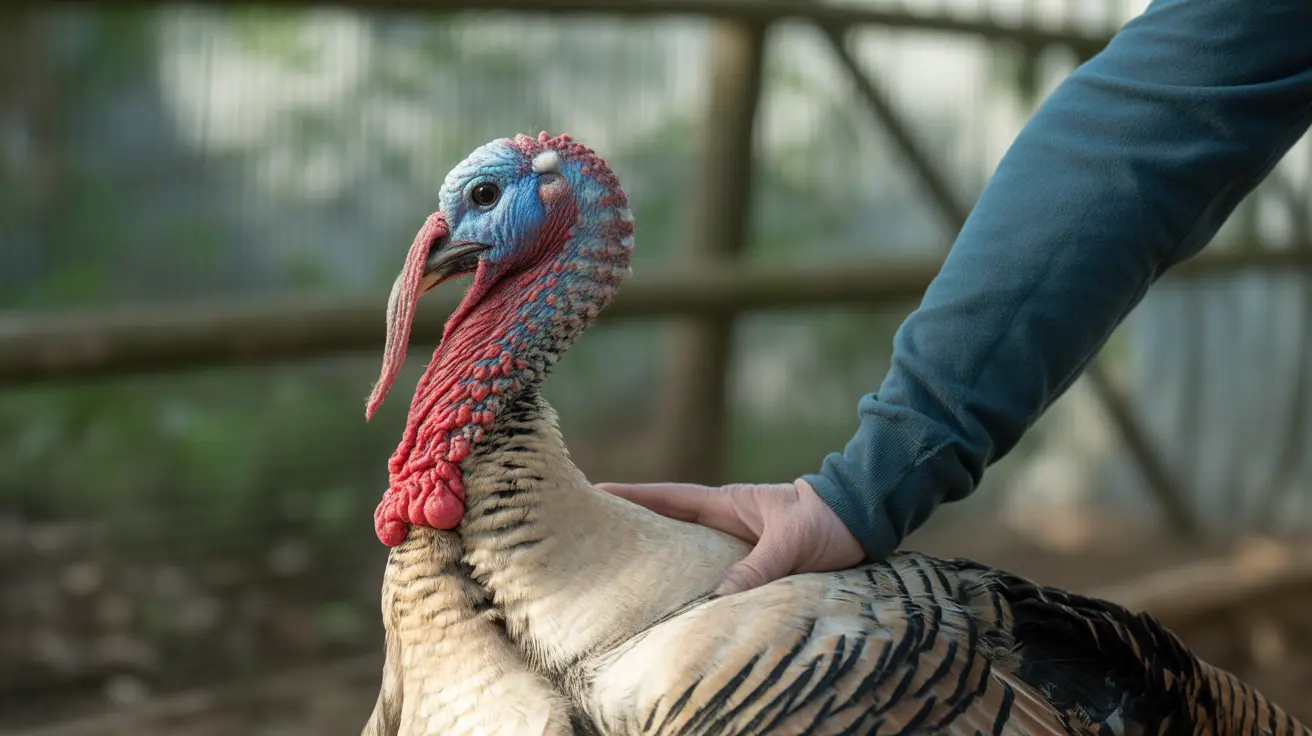Treating Leiomyosarcoma in Cats: A Comprehensive Guide
Leiomyosarcoma is an uncommon, but aggressive cancer in cats, originating from the smooth muscle tissue of the gastrointestinal tract, particularly the stomach and intestines. Although rare, early detection and prompt intervention are key to improving outcomes for affected cats.
What Is Leiomyosarcoma?
This malignant tumor tends to impact middle-aged to older cats, typically over six years of age. There’s no known breed or gender predisposition, and the exact cause remains elusive, with no consistent links to genetics, diet, or infections.
Signs and Symptoms
Symptoms are often subtle at first, progressing over weeks or even months, making early diagnosis particularly challenging.
- Intermittent or chronic vomiting, often after eating
- Diarrhea, sometimes with blood
- Loss of appetite
- Unexplained weight loss
- Lethargy and weakness
- Abdominal discomfort or pain
- Abdominal growling (borborygmus) or gassiness
- Black, tarry stool (melena)
- Possible signs of intestinal obstruction
Diagnosis
Veterinarians use a combination of clinical signs, physical exam, and advanced diagnostics to identify this tumor. However, since the initial blood work may appear normal, imaging and tissue analysis become indispensable.
- Abdominal X-rays – helpful in spotting masses or thickened bowel walls
- Ultrasound – used to visualize the size and extent of the tumor
- CT or MRI scans – for comprehensive staging and surgical planning
- Endoscopy – minimally invasive way to biopsy suspected lesions
- Histopathology – microscopic evaluation to confirm sarcoma using immunohistochemical markers
Treatment Options
Surgical excision remains the cornerstone of treatment. This involves removing the tumor along with a margin of healthy tissue. Procedures can include:
- Partial gastrectomy (removal of part of the stomach)
- Enterectomy (removal of part of the intestine)
If the tumor hasn't metastasized and is completely excised, cats may enjoy months to even years of good quality life.
Monitoring and Follow-Up
Ongoing evaluation is critical given the risk of recurrence. Regular follow-up imaging (ultrasound or X-ray) is typically recommended every 3–6 months.
Adjuvant Therapies
The role of chemotherapy or radiation in treating feline leiomyosarcoma is limited but might be considered in cases of incomplete surgical removal or identifiable spread.
Postoperative and Supportive Care
Recovery care plays a vital role in ensuring a good outcome. Post-surgical management may include:
- Pain control – medications like buprenorphine, gabapentin
- Nutrition – high-calorie, easily digestible diets
- Wound care – to support healing and prevent infection
- Supportive care – including anti-emetics, appetite stimulants, and gastrointestinal monitoring
Prognosis
The outlook depends primarily on early detection and successful removal of the tumor without metastasis. Cats can live several months to years post-surgery with appropriate care and surveillance.
Key Takeaways
- Early diagnosis significantly improves the chances of successful treatment
- Surgical removal offers the best prognosis
- Postoperative monitoring is essential to detect recurrence
- Supportive care enhances recovery and quality of life
- Consultation with a veterinary oncologist or surgeon is recommended for optimal outcomes
If your older cat has persistent gastrointestinal symptoms or an abdominal mass, consult with your vet immediately. Timely diagnostics and intervention may extend your cat’s life and improve comfort during treatment.





